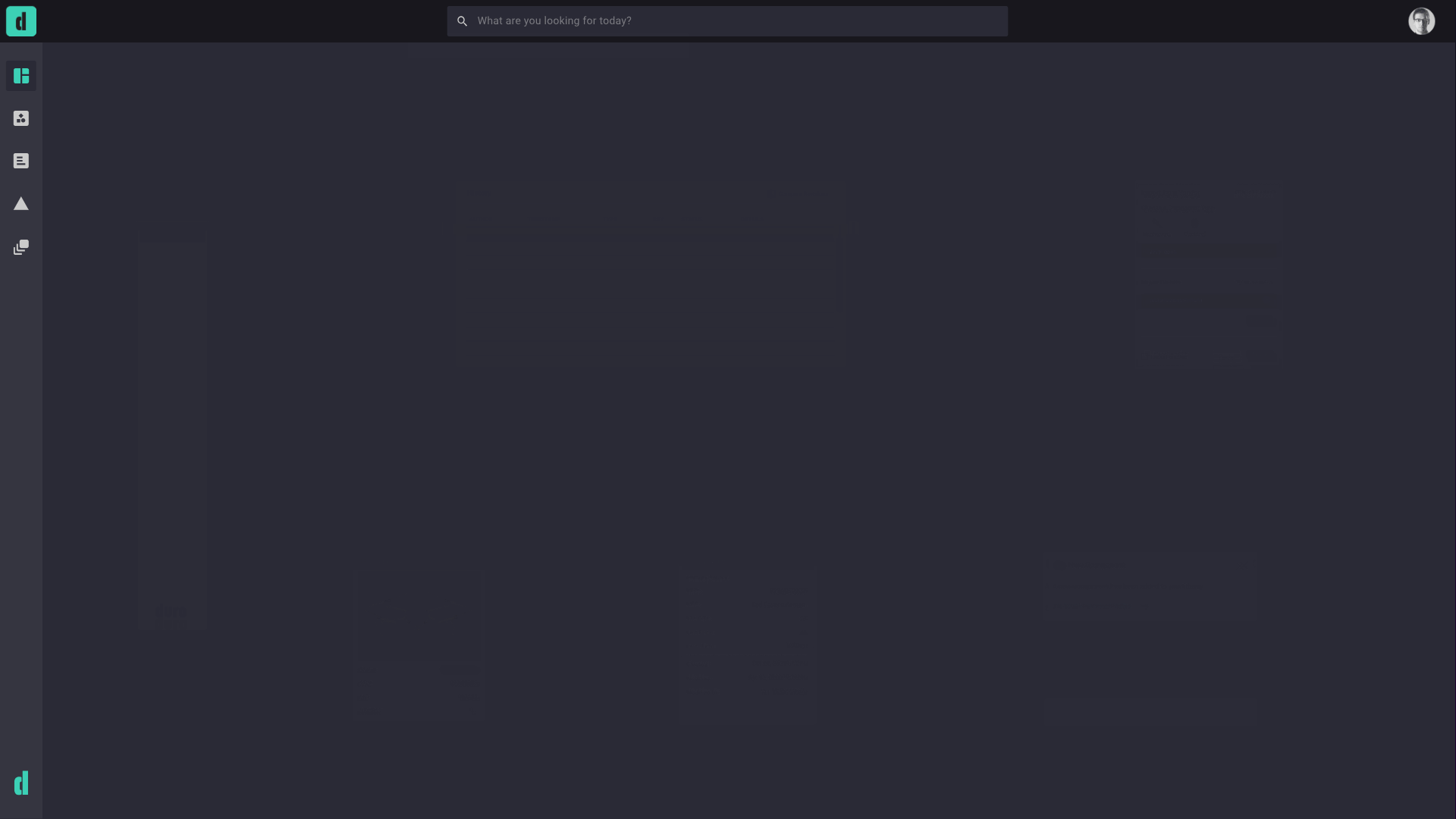TABLE OF CONTENTS
Before Duro
After Duro
- Managed parts and design data manually using disconnected tools.
- No unified part numbering system—each department used its own method.
- Documentation and revision control were difficult to maintain.
- Configuration management was not audit-ready, risking delays with FAA certification.
- Manual document approvals slowed internal processes and increased engineering overhead.
- Instant onboarding and integration with existing systems, ION, and Cofactr.
- Centralized part numbering system established across all departments.
- FAA audit readiness improved with traceable change history and approval workflows.
- Streamlined document control and configuration management in one shared platform.
- Automated change order approvals replaced manual review cycles.

"“In aerospace, managing documentation and traceability is complex. Duro gives us version control, centralized records, and quick access to audit history, making it core to our business.”
Vishaal Mali, Co-Founder & CEO, Salient Motion
Enhancing Aerospace Supply Chains
Salient Motion designs and manufactures modular motion control systems for commercial and military aircraft. In an industry where over 70% of aircraft components are single-sourced, and many haven’t been redesigned since the 1990s, Salient Motion is tackling one of aviation’s biggest bottlenecks: component availability.
Most suppliers build custom parts from scratch, which can take years and drive up costs. Salient takes a modular approach—engineering reusable hardware and pre-certified software that can be quickly adapted across platforms. By designing with reuse in mind, they minimize redesigns and deliver FAA-compliant parts faster, improving supply chain resiliency and accelerating time to market.
Challenges Before Implementation
Salient’s engineering and compliance teams faced scattered documentation, inconsistent part numbering, and limited traceability. Each department relied on local drives, spreadsheets, and paper-based processes, siloing data and lacking a single source of truth.
Tracking changes, maintaining configuration history, and preparing for FAA audits were challenging without centralized revision control or a unified part numbering system. Manual approvals and disconnected workflows further slowed processes, increased engineering overhead, and posed risks to speed-to-market.
For a company designing safety-critical components for Boeing, Airbus, and military aircraft, the ability to prove certification lineage and manage data efficiently isn’t optional—it’s core to the business.
“We needed a digital-forward PLM that offered a wide variety of integrations. That flexibility is critical—it gives us a source of truth from the design stage and lets that data flow all the way through procurement and production.”
Vishaal Mali, Co-Founder & CEO, Salient Motion
Post Implementation Improvements
Salient implemented Duro’s cloud-based PLM to centralize documentation, support FAA compliance, and ensure traceability across programs. The platform now houses every document, drawing, and change record tied to part numbers used in commercial aerospace.
Instead of searching through Google Drive or email, teams now use Duro to:
- Version-control design files and certification documents
- Track engineering and compliance workflows in a single interface
- Automatically manage change approvals for hardware and software
- Centralize part documentation across departments
- Accelerate audit preparation and eliminate the risk of data loss
Salient’s modular architecture enables the reuse of certified hardware and software across projects, eliminating the need to start from scratch. This allows for 10x faster delivery of qualified hardware at half the cost.

Why Traceability is Essential for Certification
For Salient Motion, getting a part onto a commercial aircraft isn’t just about building hardware—it’s about proving history. Every airline, OEM, and regulator demands complete documentation of who designed a part, who approved it, and why.
Duro enables Salient to maintain that traceability at scale. With change logs, approval tracking, and centralized document control, the team can submit hundreds of pages for each certification program, confident that the data is accurate and up to date.
Salient worked directly with the Duro team to customize document categories and track special approval workflows, making the system more than just a PLM—a foundation for scalable certification.
“We want to own as many parts as possible on commercial and military aircraft. That starts with traceability, and Duro is helping us get there—so we can help revitalize the supply chain and support the OEMs that need it most.”
Vishaal Mali, Co-Founder & CEO, Salient Motion
What's Next for Salient Motion?
After raising $12 million, Salient Motion is scaling its mission to accelerate the deployment of certified aerospace and defense components through modular design. The company’s next milestone is FAA certification of its first commercial aircraft system by September 2025, installed on widebody jets like the Boeing 787 and Airbus A350.
With its proprietary modular architecture, Salient aims to dramatically reduce development and certification timelines, tackling persistent procurement challenges in a $350 billion aerospace industry. By reimagining the traditional OEM-supplier relationship, Salient Motion aims to build a faster, more resilient supply chain for commercial and military platforms.
As thousands of aircraft sit grounded due to part shortages, Salient sees a massive opportunity to cut lead times, lower costs, and deliver critical components at scale. The company’s long-term goal is to become the go-to motion control system provider that supports military readiness and industrial growth.

